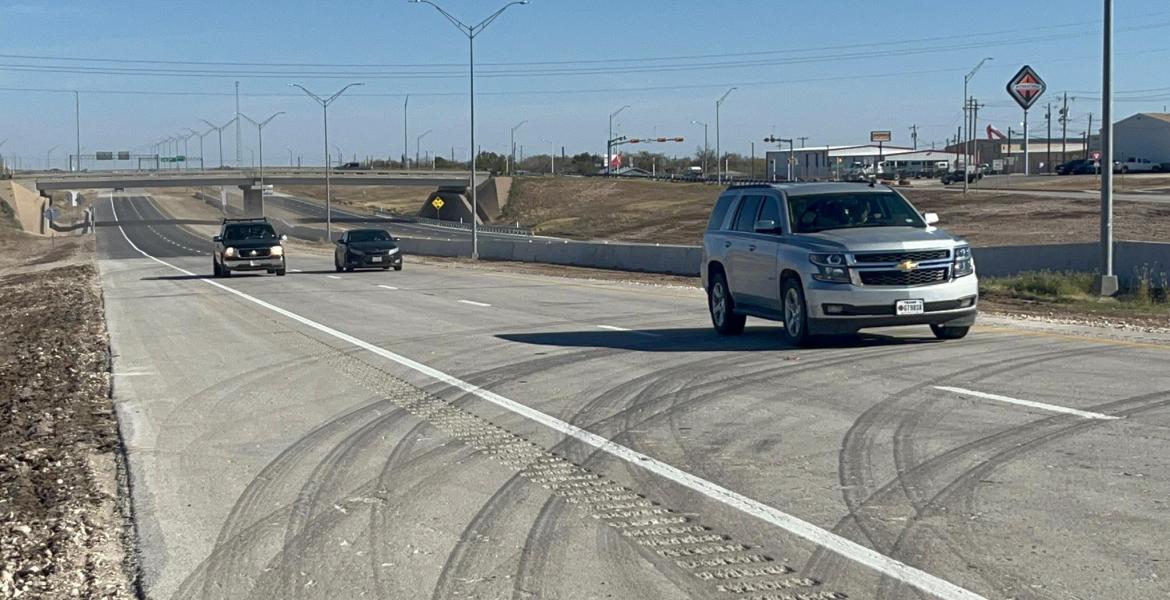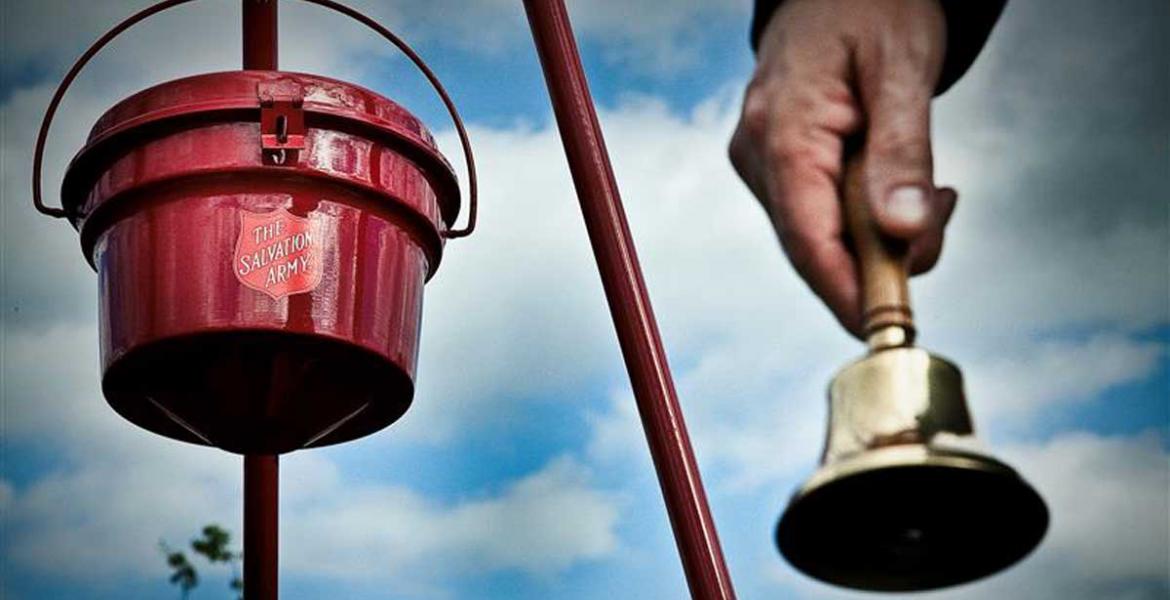This day in history highlighted America's struggle, but also brought unification in the process.
The Battle of Gettysburg begins:1863
The largest military conflict in North American history began on this day when the Union and Confederate forces collided at Gettysburg, Pennsylvania. The battle lasted three days and resulted in a retreat to Virginia by the Confederate Army led by Robert E. Lee.
Two months prior to the battle, Lee had dealt a stunning defeat to the Army of the Potomac at Chancellorsville, Virginia, said history.com. He then made plans for a northern invasion to relieve pressure on Virginia and to seize the initiative from the Yankees.
As Lee and his army advanced into Pennsylvania, Union Commander George G. Meade led the defensive, and a three day battle ensued. Just after one hour of battle, Union General John Reynolds was killed, and the Yankees were outnumbered, history.com noted. The Confederate forces proceeded to push the Yankees on the Union front, and slowly drove their advancement into Gettysburg.
By the evening, Federal troops rallied on the high ground around on the southeastern edge of Gettysburg. As more troops arrived, Meade’s army formed a three-mile long, fishhook-shaped line running from Culp’s Hill on the right flank, along Cemetery Hill and Cemetery Ridge, to the base of Little Round. The improved defense led Lee’s forces to launch the infamous Pickett’s Charge against the Union center on July 3rd.
The Battle of San Juan Hill: 1898
During the Spanish-American War, the U.S. Army Fifth Corpse engaged Spanish forces at El Caney and San Juan Hill.
In May 1898, one month after the war started, a Spanish fleet docked in the Santiago de Cuba harbor after racing across the Atlantic from Spain. According to history.com, a superior U.S. naval force arrived soon after and blockaded the harbor entrance. In June, U.S. Army Fifth Corps landed in Cuba with the objective of marching to Santiago and launching a coordinated land and sea assault on the Spanish stronghold.
Included among the U.S. ground troops were Theodore Roosevelt, who led the “Rough Riders,” a collective of Western cowboys and Eastern blue bloods officially known as the First U.S. Voluntary Cavalry. The 500 Spanish defenders of the village put up a fierce resistance and continued to hold their line for most of the day despite being outnumbered.
After advancing forward, The American troops eventually split up into two flanks to take San Juan Hill and Kettle Hill. The Rough Riders were among the troops attacking Kettle Hill, said history.com.
After a long battle that forced many to leave their horses due to transportation difficulties, Kettle Hill and San Juan Hill were captured by the U.S. ground troops.
First African American bus franchise in the South:1959
According to texasdaybyday.com, the State of Texas granted the first bus franchise in the South that was owned and operated by African Americans. The Acre Homes Transit Company (AHTC) served the predominantly African American community of Acre Homes, located nine miles northwest of downtown Houston.
Living outside the city limits and not having adequate public transportation caused difficulties for residents trying to commute for work. Therefore, the residents petitioned the city hall for a permit to operate a suburban bus franchise.
The AHTC had four buses that made 43 round trips daily between downtown Houston and Acres Homes.
Subscribe to the LIVE! Daily
Required






Post a comment to this article here: